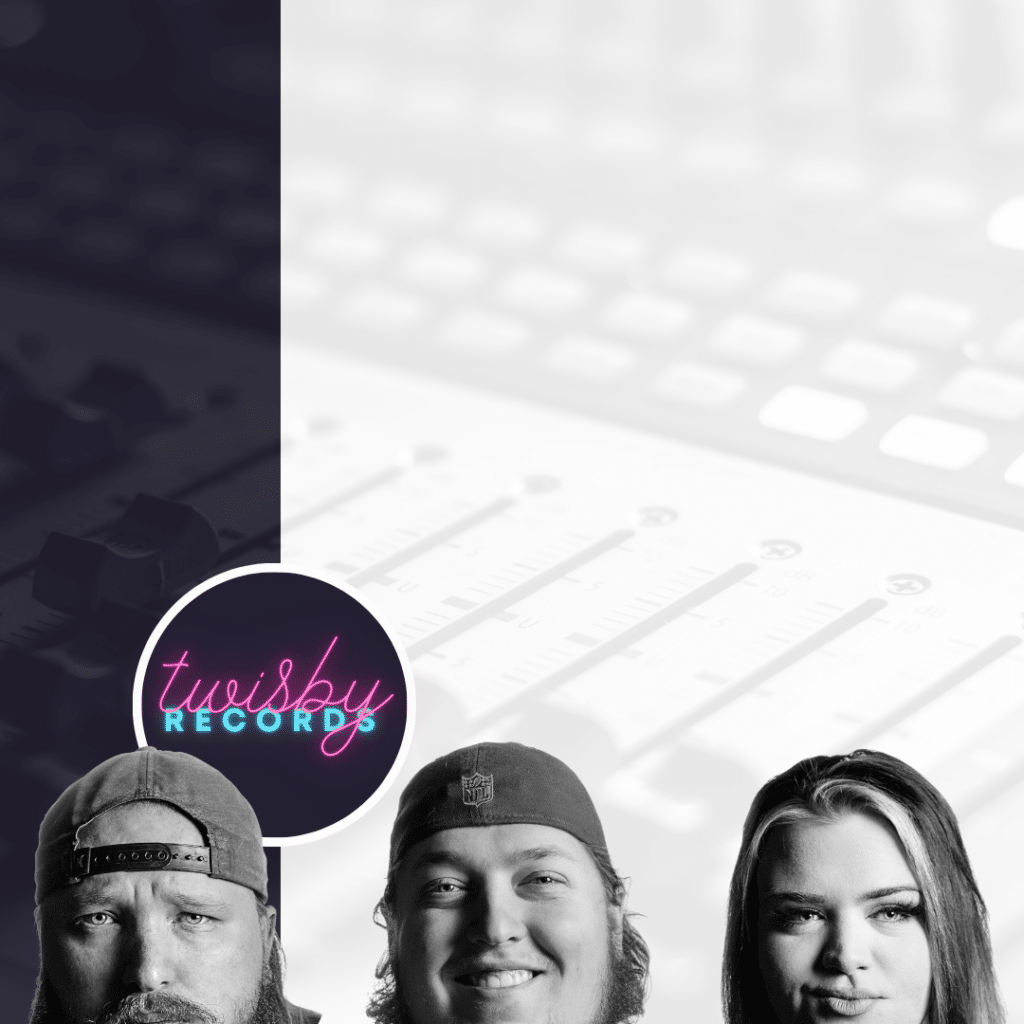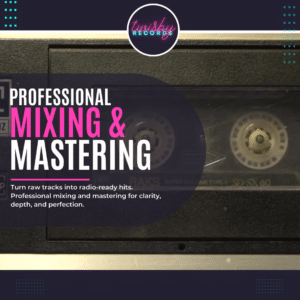Music is constantly changing, with trends and styles emerging and fading over time. To keep up and even stay ahead of the curve, it’s important to be attentive to current popular music, understand what makes it appealing, and possibly predict future trends. To do this effectively, you need to analyze popular songs and learn from the techniques and strategies used by successful songwriters. This way, you can gain valuable insight into how you can enhance your own songwriting skills

Dedicate time to listen.
To enhance your music listening experience and improve your critical skills, it’s important to dedicate specific time to just listen to music. Set aside a regular day, such as every Monday, and make a conscious effort to solely focus on listening to music. Find a quiet space, put on your headphones or studio monitors, and immerse yourself in the music. Don’t multitask while listening, as this will detract from your ability to critically analyze the music.
To make the most out of your listening session, try to listen to a variety of genres, not just your preferred ones. Explore top 40, hip hop/rap, pop, country, and other genres to gain a broader understanding of what’s popular and trending in music. By listening to a diverse range of music, you’ll have a better understanding of what appeals to fans of multiple genres, which can ultimately help you expand your listener base as a songwriter.

Listen multiple times
To truly listen critically, it’s essential to listen to a song multiple times. This allows you to take in different aspects of the song each time you listen to it. Start by listening to the song all the way through without any distractions. Then, restart the song and focus only on the vocals, paying close attention to the melody, the delivery, timing, and lyrics. On the next pass, focus on the drums and the rhythm of the song.
Finally, listen to the instruments and pay attention to the harmonies, chords, and effects used. Taking physical notes can help you, and make it easier to recall ideas when you want to use them later. Write down any phrases, effects, or structures that stand out to you.
Break down the song structure
Listen to the structure of the songs you are listening to. Breaking down the song structure can give you a deeper understanding of how different elements of a song come together to create a cohesive piece. Take note of where the verses, choruses, pre-choruses, and bridges are located in the song. Analyze the lyrics, and if necessary, print them out to examine them more closely. Pay attention to the rhyme scheme and how it contributes to the flow of the song.
Listen to what the goal of the verses and the bridge are. Is it telling a story? Is there more information about that story? Have we changed settings? What new information is being brought up?
Alot of times I see people following just weird structure, or end up teleporting through time like its a Quentin Tarantino film, when it just wasn’t necessary to continue the story.
What is the instrumentation?
What type of instruments are being used in the song and how are they utilized? Start by identifying whether real instruments, vst’s or samples are being used. For example, are the drums real or electronic? If electronic, are they layered with different snares, claps, kicks and other percussive elements?
What space do the guitars, and synths occupy? What is the role of each instrument? Both in the sonic spectrum, and the song (space and purpose)? What is driving the song’s energy? Is it the vocal? The drums and bass? Or are the other instruments filling in the space? Try to picture the instrumentation in a 3-dimensional box, with different elements occupying different parts of the space. What is filling the higher frequencies, the lows, and the sides?
How are elements introduced and when do they disappear? Does anything stay present throughout the entire song? When are new elements introduced? Alot of times you will hear that something is added after 2 bars, whether it’s just a change in melody, or the introduction of a new element, this prevents listeners from getting bored. (More on that in a minute)

What are the lyrics?
One interesting way to observe the trends in lyrics is by listening to the popular songs of a particular year. For instance, you can listen to DJ Earworm’s “United States of Pop” remixes, where he creates a mashup of all the hits from a particular year. Alot of times you’ll be able to see if there are common themes or topics that repeat throughout that year.
When analyzing lyrics, consider the following questions: Are the lyrics telling a story? Are they simple or detailed? What message are they trying to convey? Who is the song about? Are the lyrics written in the first, second, or third person? If they’re written in the third person, is it “he,” “she,” or “they”?
It’s important to keep in mind that the ideal scenario is for the listener to relate to the music. When the lyrics mention “he,” “she,” or “they,” the listener might not feel connected to the song. On the other hand, if the lyrics are written in the second person, using “you,” it becomes easier for the listener to insert themselves into the song and feel connected to it. Whether they are delivering the message or on the receiving end of it, the listener wants to feel like they are a part of the story.
What is the emotion?
Emotion is what connects the listener to the music and creates a lasting impact. When analyzing a song, it’s important to consider the emotions being conveyed and how they are being expressed. Is it through the music, the performance, or the lyrics?
Understanding the emotion being expressed can give you insight into the success of the song and what sets it apart from others. A great example of this is Zach Bryan’s viral video performance of “Heading South,” where his raw emotion, added a level of depth to the song that was not present in the studio recording.
This emotional performance propelled the song to success and is still considered the best recording of that song, because the studio version just doesn’t capture the emotion. You have to not only have great songwriting, but to also convey the emotion effectively through the music and performance. This includes the instrumentation as well.
How often does something change?
Pay attention to how often different elements repeat within the song. A common occurrence in music is for elements to only repeat twice before being changed. This is because the listener’s subconscious can easily get bored and they crave new elements, such as the introduction of a new instrument or a change in the vocal melody or delivery.
Listen for the repetition of specific sections or parts of the song, such as the chorus or verses. Note the number of times each section is repeated before any changes are made. This can be the vocal melody, the chord progression, a transitional elements, or the instrumentation
It’s important to remember that changes don’t always have to be drastic. Sometimes, just a subtle change in one element can be enough to keep the listener’s interest and bring them back into the song.
By analyzing the frequency of changes in a song, you can gain a better understanding of what makes it appealing and engaging to the listener. The whole goal is to KEEP your listener listening, after a couple of repetitions, the listener subconsciously says “Ok I know what’s going on here” and just start to tune out. You want to continuously be pulling the listener back in with something new. Step back and Listen to your own songs, see if there’s a point where It just feels repetitive and you kind of get “bored” with it. Then experiment with adding or taking away an element, changing the melody, or adding a transitional effect.
Production
Start by listening to the vocals. Pay close attention to the effects used and any additional layers or harmonies. Do you hear any doubles, stacks or harmonies? What kind of delays or other processing have been applied?
Next, move on to the drums. Pay close attention to their role in the song. Are they driving the rhythm or are they simply providing reinforcement? When do they come in and out and why?
Finally, listen to each individual instrument. Try to identify its role in the song. Is it there to reinforce the melody, provide accompaniment, or simply to create a certain atmosphere? Pay close attention to when each instrument comes in and out, and why.
Taking the time to analyze the production of a song can give you a greater appreciation of the creative process and help you understand how the various elements work together to create the final product. Whether you are a musician, producer, or just a music lover, this type of analysis will deepen your understanding of the music you listen to and help you better appreciate the work that goes into creating a great song.
Analyzing what makes a song successful can greatly benefit your own songwriting. From examining the lyrics and their impact on the listener, to understanding the importance of emotions conveyed through music, performance, and lyrics, to paying attention to how often things change within a song to keep the listener engaged, to breaking down the production elements such as the vocals, drums, and instruments, to understand their individual roles in reinforcing, driving, or complimenting the song. By taking the time to study and understand these elements, you can gain valuable insight and knowledge on how to create a well-crafted, impactful, and memorable song. Just remember to take notes, and see what works and what resonates with you, then reference those when you’re stuck, or when you have an idea, but you’re not sure how to achieve it.
















